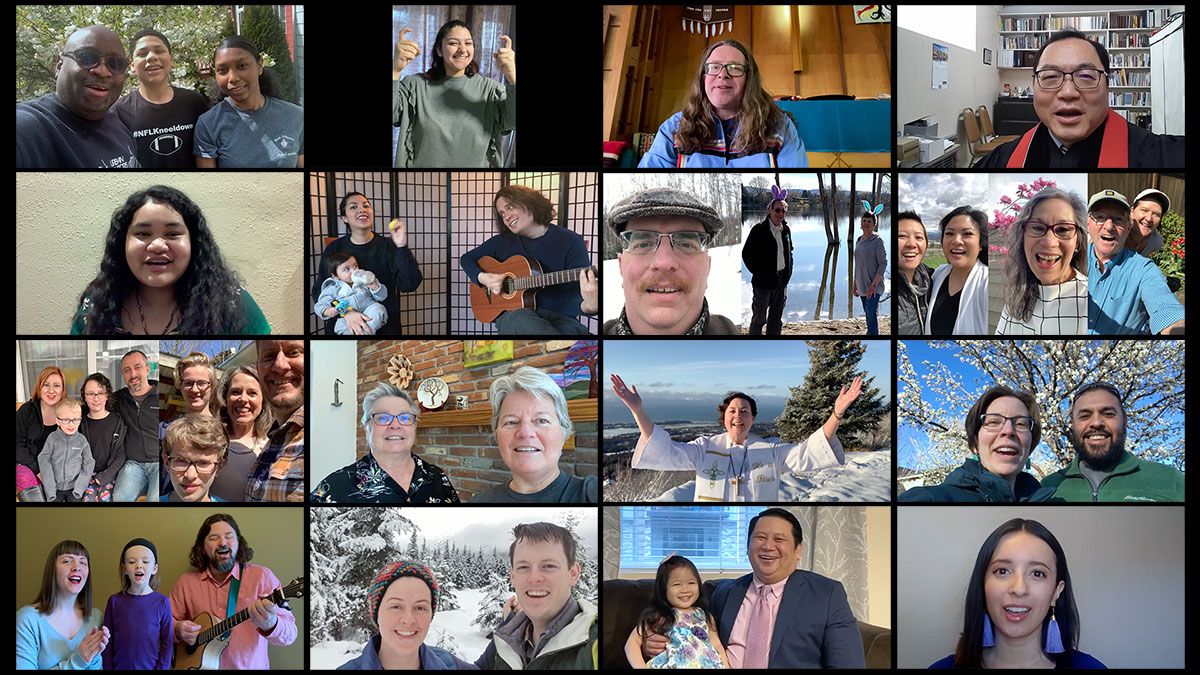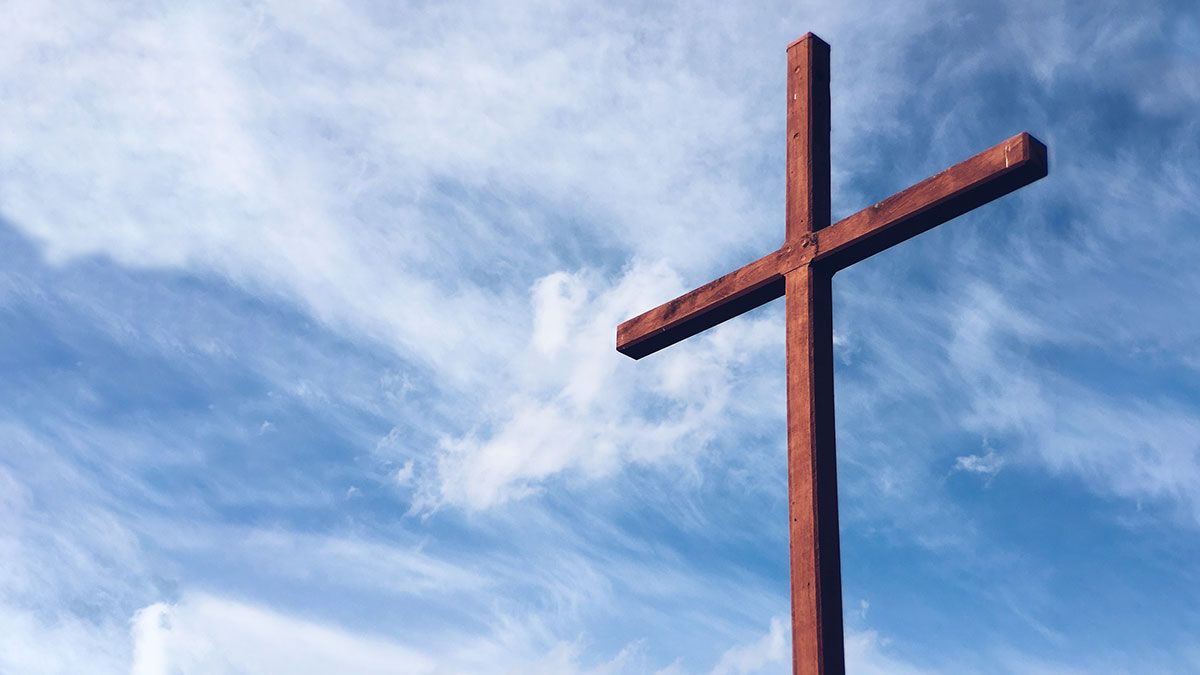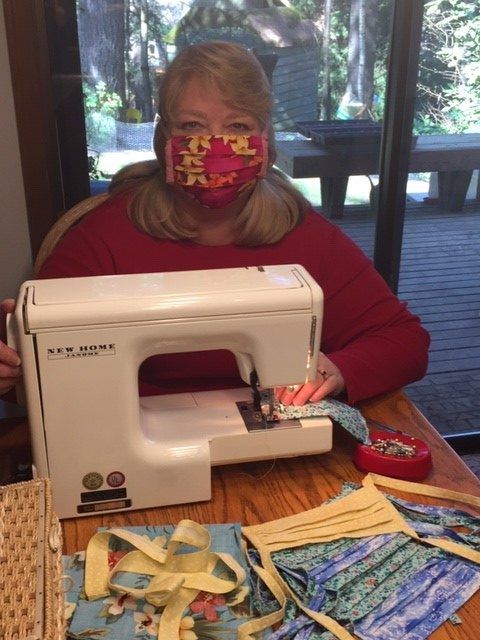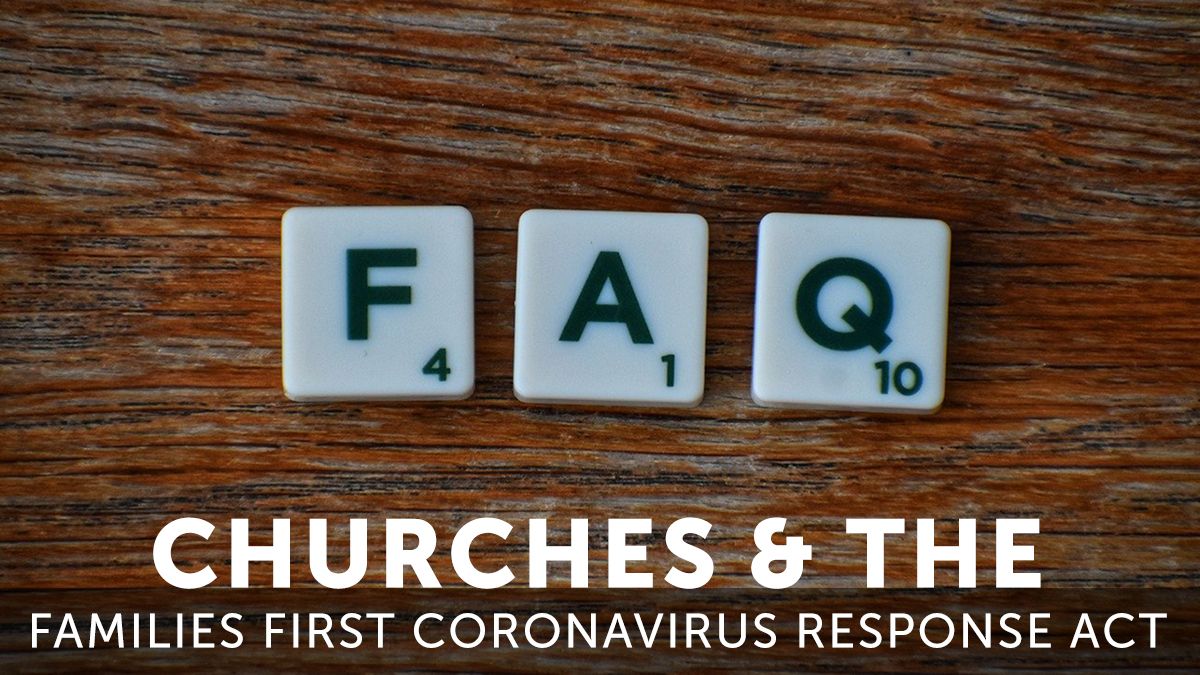Bishop’s COVID-19 Notice #5.1 – Amended April 27, 2020
Note: Amended text is denoted in Purple in first section. Changes were also made to the section titled “DO NO HARM. Protect Public Health.” Resource links have been added below the signature for further reading.
United Methodist Clergy and Laity of the Greater Northwest Area,
By the tender mercy of our God, the dawn from on high will break upon us,
to give light to those who sit in darkness and in the shadow of death,
guide our feet into the way of peace. Luke 1:78-79
| EXTENSION OF WORSHIP SUSPENSION AND BUILDING CLOSURES As bishop of the Greater Northwest Area of The United Methodist Church, I am extending the suspension of in-person worship in United Methodist Churches and other ministries and the closure of church facilities to all but essential services throughout the Alaska, Oregon-Idaho and Pacific Northwest Conferences through May 30, 2020, despite the loosening of restrictions in some or all of the states of Alaska, Idaho, Oregon and Washington. This date may be reconsidered as circumstances change. |
How did I come to this decision, and what does it mean?
MARCH 24: Suspension of In-Person Worship and Closure of Buildings.
On March 24 I directed that in-person worship and other gatherings be postponed in United Methodist Churches and other ministries through April 30, 2020. At the same time, I directed that all Church facilities were to be closed except for essential services. These actions were taken to protect the health of vulnerable people, to slow the spread of the disease, and to prevent health care systems from becoming overwhelmed by a sudden surge of cases needing hospital beds and equipment.
You helped keep people HEALTHY!
You did it! You made adjustments and found ways to be church without gathering for in-person worship. Your actions, and the general population’s compliance with the orders of the governors appear to have slowed the spread, flattened the curve of the crisis, and averted a crisis in our health care systems. I thank God for the incredible ways you have contributed to these outcomes. At the same time, we grieve over people who have contracted COVID-19, some of whom have been hospitalized and even died. And we continue to hold in our hearts and prayers all who are at risk for this disease because they render essential services, or have compromising health conditions, or who, because of systemic inequities in our society live with little or no social safety net.
EASTER: You celebrated Resurrection in the Shadow of Death. Alleluia!
You found ways to overcome all kinds of obstacles to celebrating Easter. Your clergy and lay leaders have demonstrated an adventuresome spirit, as you learned how to care for one another, conduct worship and support vulnerable people in your neighborhoods, while maintaining physical distancing and suspending all gatherings. Christ the Lord was Risen again this Easter, with shouts of Alleluia!, prayers for strength and healing, and acts of generosity. Well done, good and faithful servants.
MAY 1
We are now approaching the end of the directives I gave on March 24 and many of you are eager to know whether the restrictions will be lifted or extended. I am closely monitoring the guidance and criteria for loosening restrictions in each of our four Greater Northwest states, as well as the daily reports of new cases, deaths and health system capacity. As you know, the disease has unfolded at different rates across the area. And the cultural and political climates across our region are varied, leading to different assessments of the risks involved. I find myself leading in the midst of continued uncertainty and significant controversy about the best course of action. Three value-based priorities inform my leadership as your bishop.
- Do No Harm: Protect the public health
- Do Good: Share the financial burden with persons most vulnerable to economic impacts
- Stay in Love with God: Promote the life-giving ministries of the Church
DO NO HARM. Protect Public Health
Following the leadership of four very different governors, our four states are all weathering the pandemic better than expected. All four governors have laid out the criteria that must be met before incremental, phased loosening of restrictions within their states begins. I am pre-disposed to trust the governors of each state to listen to their health care advisors, know their regions and give prudent guidance. At present none of these four governors has reported that the criteria within their state have been met. As Christians and citizens committed to protecting public health, we are responsible both to abide by the guidance of government and health officials, and to assess whether the Church holds itself to a higher standard of caution than the states direct.
First, we need to evaluate whether the governors’ own criteria have been met before loosening restrictions. As of this writing (4/27/2020) Alaska and Idaho have begun to loosen restrictions on gatherings of faith communities. Oregon and Washington have not taken similar actions at this time. Despite the affirmation by governors that testing and case tracking are necessary to protect public health, based upon their own published documents and reports, I cannot verify that each state has the capacity for testing and case tracking necessary to prevent spread of the disease.
Second, if a state meets its own criteria, and loosens restrictions, I will continue to ask whether it is prudent for the Churches to do likewise. Without adequate testing and case tracking, church gatherings may allow the virus to spread unchecked and expose people who are at most risk for severe illness, due to age, access to health care or compromising health conditions.
DO GOOD. Share the Burdens of Most Vulnerable Persons
During this season of closed buildings and postponed in-person worship, I hope that every congregation will re-engage its neighbors, by partnering with community organizations that are directly involved with people who are most vulnerable to the economic impacts of the pandemic. How this neighborhood engagement looks will be specific to your congregation, its context, and the partnerships you are able to form to serve people most at risk during this crisis. I heard the other day of a church in a small town that set up a “tab” with the local grocer so that people who needed food could “shop” for what they needed and charge it to a tab that the Church paid. In this win-win-win arrangement, people get food, the church serves people in need whom they may not even know, and the grocer’s business is supported in the process. There is no recipe for this kind of innovative response. It’s all based on local relationships that can become networks of care.
STAY IN LOVE WITH GOD. Promote the Life-Giving Ministries of the Church.
While I know that the effectiveness of ministry and health of congregational life suffer when people are not able to gather for worship, this hardship does not justify taking the risk of spreading the disease through church gatherings, or exposing older and health-compromised people to infection and possible death by re-opening our church gatherings too soon. I trust and know that the leaders and people in each church are finding creative ways to continue to serve God’s promise of abundant life for all people and the whole creation despite these extreme circumstances. When the time is right, we will gather again and re-build and renew our ministries.
MAY 31 – PENTECOST
As we enter another month of some level of physical separation, let’s hope that we will be able to gather in our churches on Pentecost, May 31. Pentecost is considered the birthday of the Church, when people from many nations gathered in Jerusalem to hear Peter preach. The book of Acts describes how the people understood what he said, even though they spoke many different languages. I hope that we will be able to gather in worship that day – maybe sooner. Let’s hold it as a date to hope for, to pray for, to work for. And if it can’t be May 31 – if it comes sooner, or later – then, we’ll adjust, just as we have been adjusting for these many weeks.
I don’t need to remind you that God is with us and at work. I don’t need to remind you that miracles happen every day, even in the midst of disease and death, as people of generous hearts pour their lives out in love and service where there is need. We are blessed to be a blessing. Thanks be to God, who opens the way of life before us.
May God bless you and keep you today and through the days ahead.

Bishop Elaine JW Stanovsky
FOR FURTHER READING
ALASKA
- https://covid19.alaska.gov/health-mandates/: Health Mandate 016 and Attachment D
- https://coronavirus-response-alaska-dhss.hub.arcgis.com/
IDAHO
- https://rebound.idaho.gov/stages-of-reopening/, especially sections titled:
- Meeting Idaho Criteria Means Advancing to a Staged Approach
- Strategies, Responsibilities, and Capabilities Needed
- Stage One – After all criteria are met (May 1 – May 15)
- https://public.tableau.com/profile/idaho.division.of.public.health#!/vizhome/DPHIdahoCOVID-19Dashboard_V2/Story1
- Governor Little’s press conference April 23, 2020 https://www.youtube.com/watch?v=HSu-cIYkN8E
OREGON
WASHINGTON









